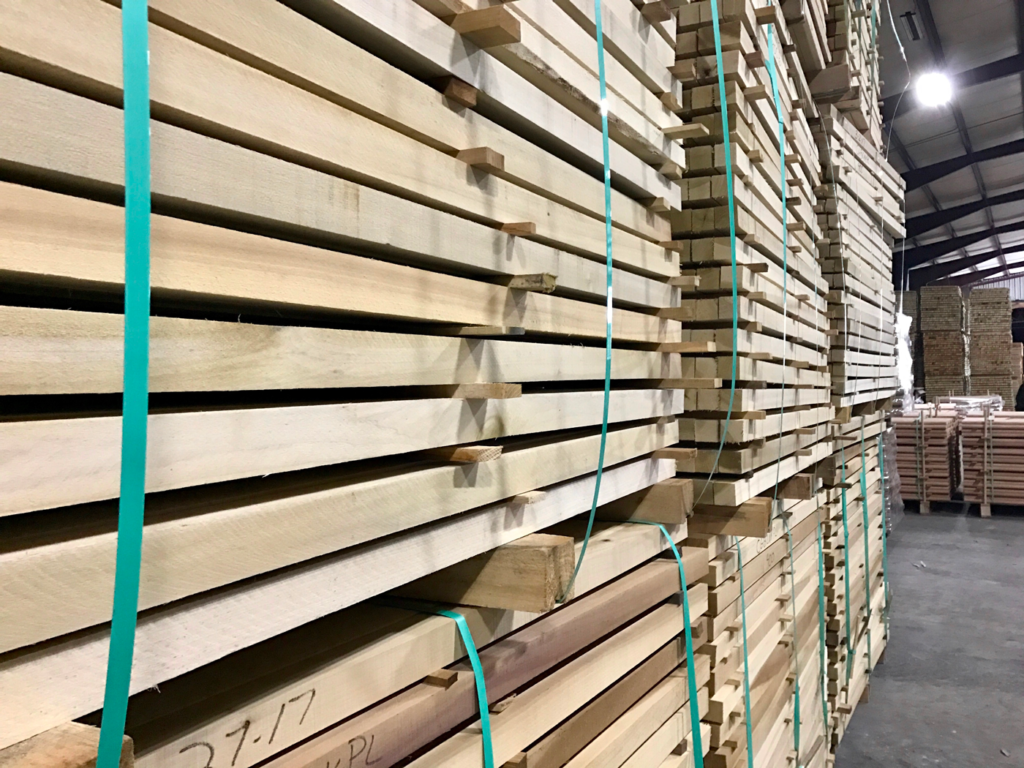Roof trusses play a vital role in providing structural support to rooftops of all shapes and sizes. However, without proper treatment, the timber they are made from is susceptible to decay, pests, and weathering. That’s where treated timber comes into play. In this blog post, we will delve into the world of treated timber, exploring why roof trusses need to be treated, the materials used for treatment, and the numerous benefits associated with this process.
What Are Roof Trusses?
If you’re here, there’s a good chance you already know what roof trusses are, but for the uninitiated amongst us, roof trusses are pre-engineered, triangular structures that form the skeleton of a roof. Composed of several interconnected beams, they offer stability and strength, ensuring the overall integrity of a building’s roof system. These trusses provide crucial support by effectively distributing the weight of the roof materials onto the walls.
Why Are Roof Trusses Treated?
Roof trusses are exposed to environmental factors that accelerate deterioration. Treating them significantly extends their lifespan. These factors include moisture, insects, fungal decay, and UV radiation.
What Are Roof Trusses Treated With?
Treatment helps protect roof trusses from common issues faced by unprotected timber. Different treatment methods are used based on the required level of protection. Pressure treatment involves impregnating the timber with chemicals under high pressure, while dip treatment immerses the trusses in a chemical bath.
We treat all of our trusses with VACSOL®. Our trusses meet National Building Specification (Z12), National House Building Council, Zurich and UK Wood Protection Association National specifications.
VACSOL® Aqua treated timbers can be used in external building applications above dpc level, but must have an appropriate and well maintained decorative coating added to maintain the integrity of the preservative protection.

Benefits of Treating Roof Trusses
- Increased Durability: Treated timber trusses exhibit enhanced resistance to decay, rot, and insect infestation, thereby extending their lifespan.
- Protection Against Fungal Decay: Treating roof trusses inhibits the growth of fungi, preventing decay and structural decay-related issues.
- Reduced Maintenance: Treated trusses require less maintenance and repair, resulting in cost savings over time.
- Enhanced Weather Resistance: By treating roof trusses, they acquire better resistance to weathering caused by rain, wind, and extreme temperature fluctuations.
- Safe and Environmentally Friendly: Treated timber options are environmentally safe and comply with industry standards, providing a sustainable solution for both residential and commercial applications.
Treating roof trusses with the right chemicals is crucial for their longevity and functionality. Treated timber trusses offer improved durability, protection against decay and pests, reduced maintenance requirements, and enhanced weather resistance. Investing in treated timber for roof trusses ensures a long-lasting and reliable roofing structure.
We apply VACSOL® Aqua protection to all our manufactured roofing and flooring components
Nuneaton Roof Truss can also provide a Treatment Service for customers’ own building joinery timbers.
If you are interested in having your timber treated, all we need to know is whether the treatment is to be applied to Internal Timbers, such as roofing timber, timber frame material, purlins, joists, wall plates, tilting battens or plywoods or External Timbers such as soffits, barge and fascia boards, cladding, doors etc. Get a quote here: https://www.nuneatonrooftruss.co.uk/get-a-quote/

